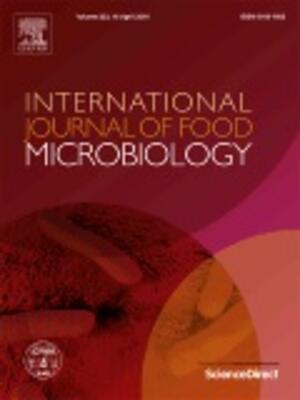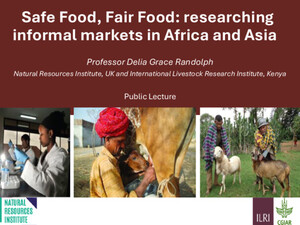
Influence of minerals on the aetiology of geophagia in periurban dairy cattle in the derived Savannah of Nigeria
Abstract
The aetiology of geophagia in periurban dairy cattle in Nigeria was assessed in relation to the mineral status of the serum, the herbage consumed, and the soil from where the herbage was consumed. The study was carried out using nine herds in the derived savannah zone during both the wet and dry seasons. Generally, the Na, Ca, Fe, Zn and Cu levels in the samples were adequate. However, the forages were low in Ca and the serum was deficient in Forage, soil and termite hill samples were also deficient in The low levels of P in the soil and termite hill samples showed that the consumption of sand by the cattle did not have any positive impact on their P intake. A seasonal effect was apparent (p<0.05) on the serum Na+, PO4 3-, Cu2+ and Fe2+ concentrations but not on Ca2+ and Zn2+ concentrations. A seasonal effect was also significant (p<0.05) on the minerals in the forage. There were also seasonal differences in most of the soil and termite hill minerals. Most samples had higher (p<0.05) mineral levels in the dry season. Herd size and farming activity had no apparent influence on the aetiology of geophagia as they did not affect (p>0.05) the concentration of P in the serum, the reported cause of geophagia. Geophagia is probably caused by a marginal level of P in the serum and low levels in the forage and soil. Experimental trials will be required to confirm these observations.
Citation
Tropical Animal Health and Production;32(5): 315-327









